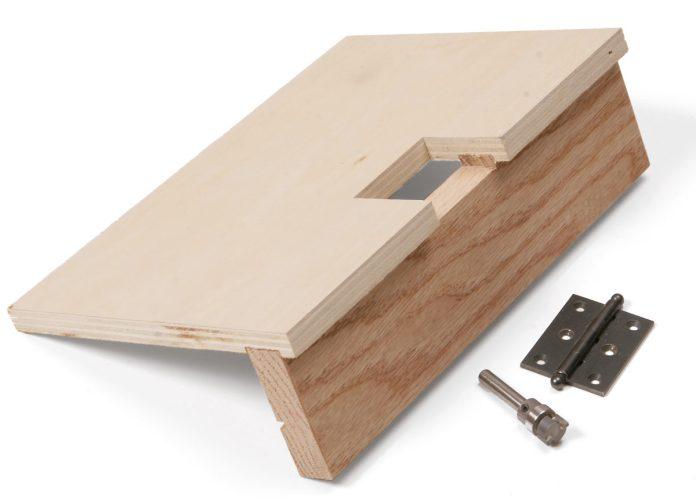Hinges are one of the world’s most commonly used hardware items, serving as a pivot point for doors, gates, and other objects. They are essential for proper functioning many household and industrial items and come in various shapes, sizes, and materials such as large hinges and stainless steel hinges. Choosing the right type of hinge for a specific application can be challenging, so in this comprehensive guide, we will explore the different types of hinges and where they are best used.
Butt Hinges
Butt hinges are one of the most popular types used in residential and commercial applications. They consist of two plates joined together by a pin and are usually mounted on the surface of the door and the doorframe. These hinges are best used for interior doors, as they are unsuitable for heavy-duty applications. They are available in various materials, including stainless steel, brass, and zinc.
T-Hinges
T-Hinges are often used in outdoor applications, such as gates and sheds, as they are designed to be weather-resistant. They consist of a flat plate, which is attached to the door or gate, and a perpendicular plate, which is mounted to the post or wall. T-Hinges are best used for heavier objects, such as gates, and are available in various materials, including stainless steel and galvanized steel.
Concealed Hinges
Concealed hinges are designed to be hidden from view and are commonly used in kitchen cabinets, wardrobes, and other furniture. They are attached to the back of the door or cabinet and are not visible when the door is closed. This type of hinge provides a clean, modern look and is available in various materials, including stainless steel, zinc, and aluminium.
Continuous Piano Hinges
Continuous piano hinges are a variation of the continuous hinge and are designed to be used in long applications, such as doors, cabinets, and walls. They are similar to regular, continuous hinges but are longer, providing added stability and strength. Continuous piano hinges are usually made of stainless steel and are ideal for commercial applications, such as doors and walls.
Spring Hinges
Spring hinges are designed to be self-closing and are commonly used in residential and commercial applications, such as doors, cabinets, and gates. They consist of a spring mechanism, which provides the closing force, and are attached to the door and doorframe. This type of hinge is available in various materials, including stainless steel, brass, and zinc.
Flag Hinges
Flag hinges are similar to T-Hinges and are used in outdoor applications, such as gates and sheds. They consist of a flat plate, which is attached to the door or gate, and a perpendicular plate, which is mounted to the post or wall. Flag hinges are available in various materials, including stainless steel, galvanized steel, and aluminium.
Strap Hinges
Strap hinges are used in outdoor applications, such as gates and barn doors. They consist of a flat plate, which is attached to the door or gate, and a perpendicular plate, which is mounted to the post or wall. Strap hinges are designed to provide added support and stability and are ideal for heavy-duty applications. They are available in various materials, including stainless steel, galvanized steel, and aluminium.
H-Hinges
H-Hinges are used in outdoor applications, such as gates and sheds, and consist of two perpendicular plates joined together. This hinge provides added stability and support and is ideal for heavy-duty applications. H-Hinges are available in various materials, including stainless steel, galvanized steel, and aluminium.
Ball-Bearing Hinges
Ball-bearing hinges are used in residential and commercial applications and are designed for smooth operation. They consist of a ball-bearing mechanism that provides smooth and quiet movement. This type of hinge is ideal for interior doors, as well as cabinet and wardrobe doors. Ball-bearing hinges are available in various materials, including stainless steel, brass, and zinc.
Conclusion
When selecting hinges for a specific application, it is important to consider the weight and frequency of use and the desired appearance. Each hinge type has unique characteristics and benefits, so it is important to choose the right hinge for the right application. Whether you are installing a new door, gate, or piece of furniture, a well-selected hinge can make all the difference in the overall appearance and functionality of the item.





